On 30 October 2014, the Economic Community of Central African States established a Fund for a Green Economy in Kinshasa (DRC). The fund is meant to regulate the timber industry and protect biodiversity.-By Diane Uwimana
According to Remy Ndayishimiye, Communication Officer in the Ministry of Environment, Water, Land and Urban Planning, talk of a Green Economy Fund started at the Congo Basin partnership meeting in 2012. Banks, NGOs, public and private institutions came together to discuss how to protect Central African forests. “Different countries gathered in COMIFAC (the African Forests’ Commission, ed.) realised that there wasn’t any commitment towards the creation of a Green Economy fund”, says Ndayishimiye.
The Heads of States noted that donors granted contributions accompanied with many conditions. “During a summit held in Poland last year, the Tanzanian President declared that when someone weeps, there is no one else who feels his pain. That is the reason why the Central African Countries must all contribute to the Green Economy Fund”, the Communication Officer points out.
The Green Economy Fund will support the reviewed convergence plan of COMIFAC. “Each country can contribute towards its own plans because they consist of different national projects, including communication, sensitization and education strategies to involve the citizen of all Central African nations.”
Mohamed Feruzi, the Director of National Institute and Natural Resources indicates that once the fund is put in place, it will contribute immensely in dealing with environmental issues. “For me, the most important factor is the financial follow-up with a serious control. If we do nothing to protect our forests, it will cause floods, incurable diseases, increase of temperature and climate change”, he says.
Burundi has protected 5, 6% i.e. 157,923 ha of its national territory and reserved 133, 700 ha for reforestation. “There are some challenges that constrain us to progress and achieve the worldwide target of 17% such as cultivating in the parks or in the protected areas, mine extraction, hunting, starting bush fires and the search for honey”, highlights Feruzi.
This view is shared by the Communication officer of the Ministry of Environment. Burundian people are poor and try to overcome everyday’s difficulties by destroying the forests, he says.
———————————————————————————————————————————–
The text adopted in Kinshasa by the Ministers of Finance, Foreign Affairs and Environment, will be presented at the conference to be held in N’djamena, Chad on 25-26 November, where the Heads of State will express their commitment to the precise and concrete measures it contains.
The decision marks a first great step toward the effective initiation of a global restructuring of the Central African economy, based on the natural resource economy and the timber industry in particular.
The Economic Community of Central African States (ECCAS) comprises ten states: Angola, Burundi, Cameroon, the Central African Republic, Congo, Gabon, Equatorial Guinea, DRC, Sao Tome & Principe and Chad.

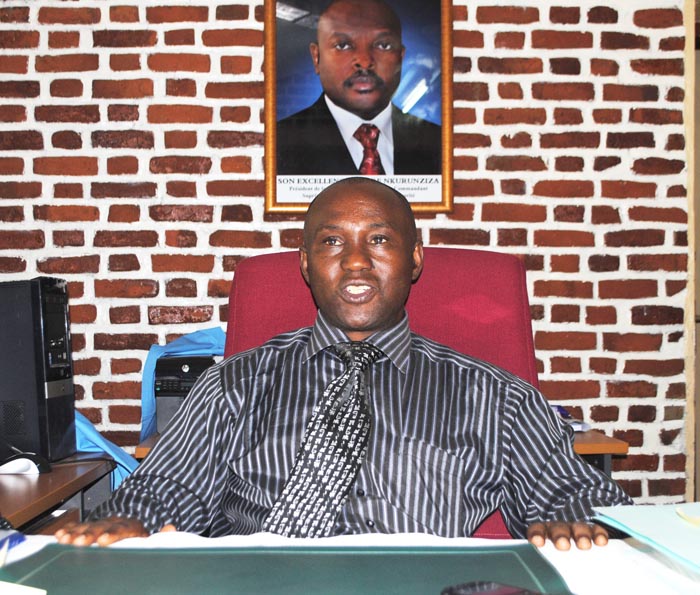
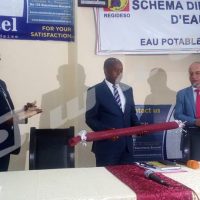

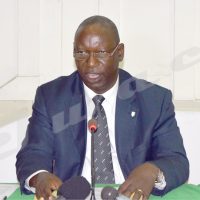
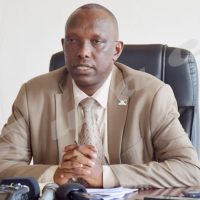
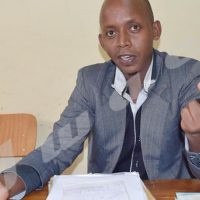













 IWACU Open Data
IWACU Open Data

